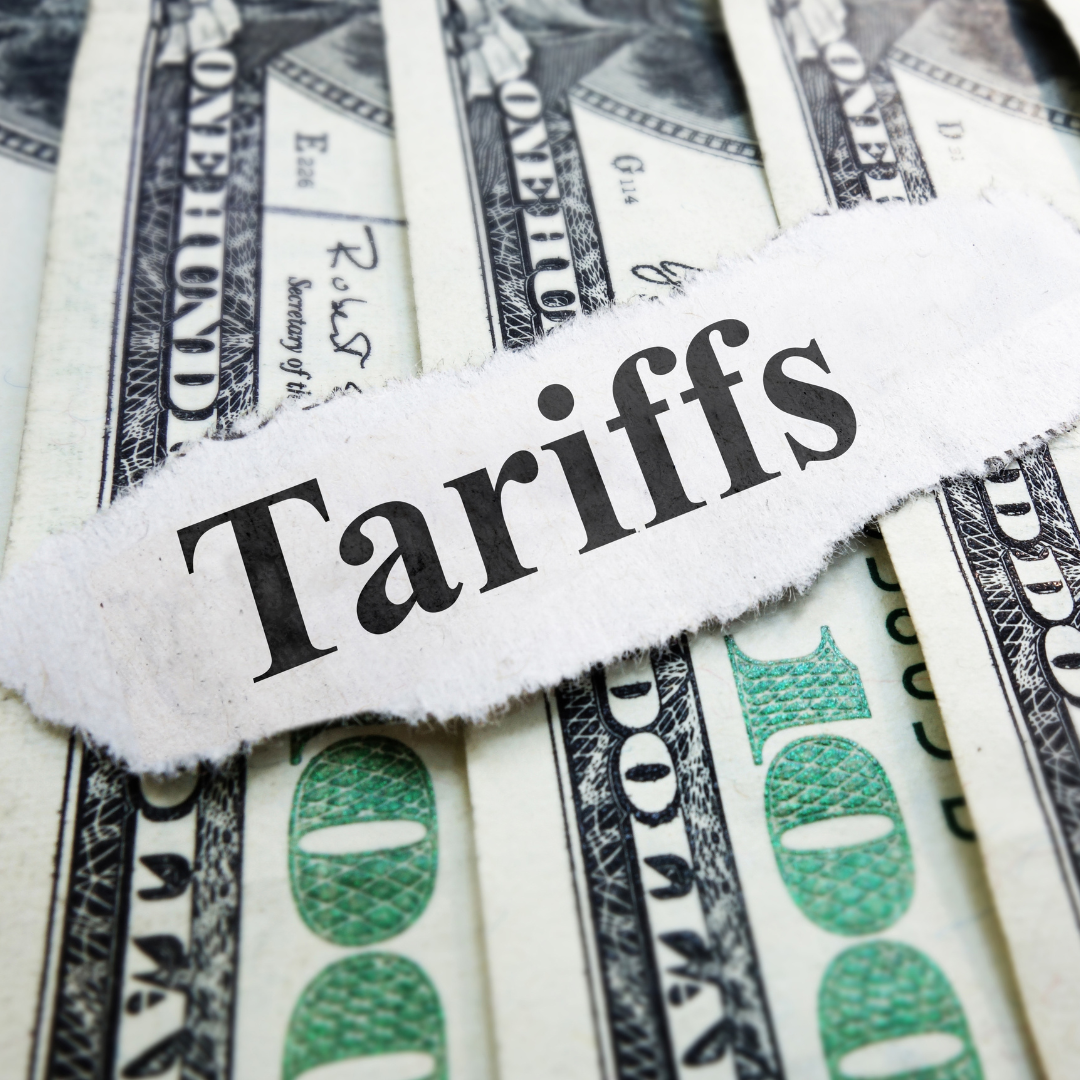How Charts Of Accounts Can Help You With Your Accounting With Your Ecommerce
Running your e-commerce store can be quite challenging because you need to take care of many parts, from marketing, customer service, and delivery…
And bookkeeping and accounting for E-commerce stores are essential because:
- There are a lot of transactions happening during the day. So, the volume is high.
- Inventory needs to be kept tracked so that you can avoid surprising your customers with last-minute out-of-stock items.
In this post, we write more in-depth about how a chart of accounts will help you.
Understanding The Chart Of Accounts
In the dynamic world of e-commerce, keeping a meticulous record of your financial transactions is crucial. This is where a well-organized Chart of Accounts (COA) comes into play.
It’s more than just a list; it’s a foundational tool for categorizing all your business’s financial transactions, ensuring that each transaction is accounted for in the right category.

When you have a right chart of accounts, your financial reports will come out in an order. This will make it easier for you to understand your financial reports and even save a lot of more time when you file your tax returns.
Tailoring Your Chart of Accounts for E-commerce
Every e-commerce business, regardless of its size, must tailor its CoA to reflect its unique transactions. We accountants normally have the numbers to recognize the type of account. Here are key account categories you should consider:
- Assets: normally start with number 1 – such as 1000. This includes your current assets like bank accounts and inventory and fixed assets like computers and office equipment.
- Liabilities: normally start with number 2- such as 2000. Here, you’ll track what you owe, including accounts payable and any loans or business credit lines.
- Equity: normally starts with number 3- such as 3000. This represents the owner’s equity in the business, including initial investment and retained earnings.
- Revenue: normally starts with number 4- such as 4000. All income from online sales, including returns and discounts, should be meticulously recorded here.
- Cost of Goods Sold (COGS): normally starts with number 5 – such as 5000. This is a critical account for e-commerce, tracking the direct costs of producing your goods. This can be direct labor, materials, supplies, and shipping costs.
- Expenses: normally starts with number 6- such as 6000. Beyond COGS, other operational expenses like marketing, web hosting fees, and employee salaries are tracked here.
Why is CoA Important For E-commerce Businesses?
- Accuracy in Financial Reporting: A well-structured CoA ensures that your financial statements reflect the true financial position of your business.
- Efficient Management: It allows you to track your financial performance, understand your major income sources, and monitor your expenditures.
- Tax Preparation: A detailed CoA simplifies tax reporting, ensuring that you claim all eligible deductions and comply with tax regulations.
- Investor Relations: Clear financial records are essential for attracting investors or securing loans. Bankers or investors always require financial reports to decide whether to fund your business, therefore the chart of accounts.
Best Practices For E-commerce CoA
- Simplicity and Scalability: Start with a basic structure that can grow with your business. You can start with the simple numbers and main categories.
- Regular Reviews and Updates: As your business evolves, so should your CoA.
- Integration with E-commerce Platforms: Ensure your accounting software integrates seamlessly with your e-commerce platform for real-time financial data.
Conclusion
A Chart of Accounts is necessary and a strategic asset for your e-commerce business. It brings clarity, control, and confidence in your financial management, which is indispensable in the fast-paced e-commerce industry. With each transaction rightly categorized, you’re not just recording numbers but crafting a story of your business’s financial journey.
This post aims to educate e-commerce business owners about the importance of a well-structured Chart of Accounts, its components, and best practices for effective financial management.
How Tariff Tax Affects Your Business: Strategies to Thrive Amid Changing Trade Policies
How Tariff Tax Affects Your Business: Strategies to Thrive Amid Changing Trade Policies In this episode of Become Sensible, we dive into the pressing issue of tariff tax and explore how new trade policies are impacting small businesses like yours. If rising import tariffs and changing supply chain costs are causing uncertainty, this episode provides…
Tax Checklist for Business Owners: Prepare for a Stress-Free Filing
Tax Checklist for Business Owners: Prepare for a Stress-Free Filing In this episode of Become Sensible, we break down a comprehensive tax checklist designed to help business owners streamline their tax return preparation. If the thought of organizing financial documents and optimizing tax strategies causes you anxiety, this episode provides the clarity you need Why…
Continue Reading Tax Checklist for Business Owners: Prepare for a Stress-Free Filing
Mastering Money Habits: Transform Your Financial Future
Mastering Money Habits: Transform Your Financial Future In this episode of Become Sensible, we dive deep into the transformative power of money habits and how cultivating smart financial routines can revolutionize both your personal and business finances. If you’re tired of erratic spending and ready to build a solid foundation for a prosperous future, this…
Continue Reading Mastering Money Habits: Transform Your Financial Future
Avoiding Common LLC Mistakes: Insights for Entrepreneurs
Avoiding Common LLC Mistakes: Insights for Entrepreneurs In this episode of Become Sensible, we tackle some of the most common mistakes entrepreneurs make when setting up and managing an LLC. If you’ve ever wondered how to avoid common LLC mistakes, this episode is a must-listen. Why You Need to Listen Are you: Confused about the…
Continue Reading Avoiding Common LLC Mistakes: Insights for Entrepreneurs
Fix Your Financial System: How to Get Control of Your Business Money
Fix Your Financial System: How to Get Control of Your Business Money Managing business finances can feel overwhelming, especially when cash flow is tight, tax season creeps up, and financial records are scattered. Without a structured financial system, money management becomes stressful and reactive rather than strategic. In this episode of the Become Sensible podcast,…
Continue Reading Fix Your Financial System: How to Get Control of Your Business Money
The Tax Playbook: How to Legally Save Thousands in Taxes
he Tax Playbook: How to Legally Save Thousands in Taxes Taxes can feel overwhelming, but what if you could legally save tens of thousands of dollars every year? In this episode of the Become Sensible podcast, we break down the Tax Playbook—a strategic approach that helps business owners avoid overpaying taxes and stay in control…
Continue Reading The Tax Playbook: How to Legally Save Thousands in Taxes
Proudly powered by WordPress





